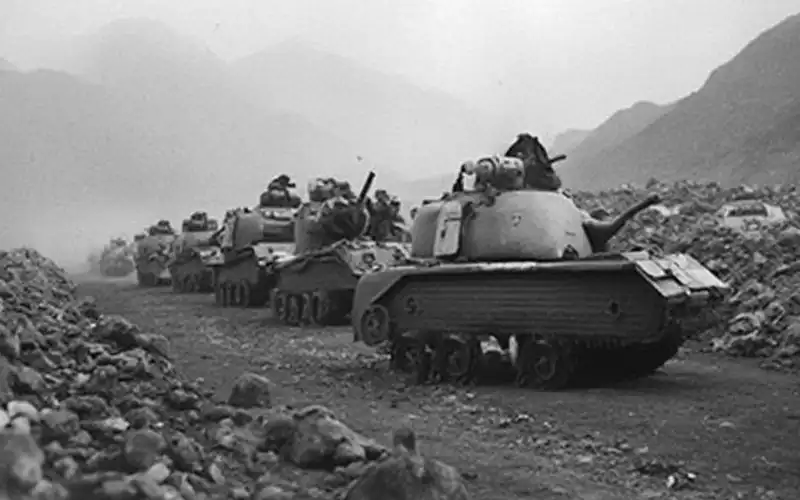In the first week of October 1950, a significant event unfolded during the Korean War, which had begun just a few months earlier in June. This week marked a critical point in the conflict, as United Nations forces, led by the United States, continued their counteroffensive against North Korean troops after the successful Inchon Landing in September.
By early October, the UN forces had managed to recapture Seoul, the capital of South Korea, and were pushing the North Korean Army back across the 38th parallel, the pre-war boundary between North and South Korea. The momentum had shifted dramatically in favor of the UN forces, who were now advancing rapidly towards the North Korean capital of Pyongyang.
This week was pivotal as General Douglas MacArthur, the commander of the UN forces, was making plans for an ambitious push into North Korea. His strategy aimed to not only repel the invasion but also to reunify Korea under a single government. As the UN forces advanced, there was a sense of cautious optimism among the allied nations, believing that the conflict could be brought to an end with a decisive victory.
However, this period also brought concerns about potential Chinese intervention, as the People’s Republic of China had warned against the UN forces crossing into North Korea. Despite these warnings, the momentum and strategic advantage seemed to be on the side of the UN forces at this point in the war.
This week in 1950 was a turning point that set the stage for further developments in the Korean War, with the actions and decisions made during this time continuing to impact the course of the conflict in the months that followed.






















